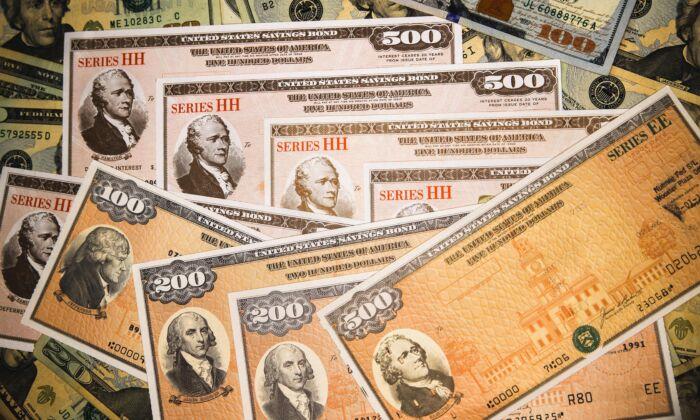If there’s any truth to the adage “It’s always darkest before the dawn,” then the sun should be heating up the bond market sometime soon.
Despite a short rally in December, the bond market suffered its worst decline in decades, thanks to the Federal Reserve’s swift and sizable interest rate hikes in 2022. Bond prices and interest rates move in opposite directions; when rates rise, bond prices fall.
All told, there was “nowhere to hide,” says John Lovito, co-chief investment officer of global fixed income at American Century Investments. The broad bond benchmark, the Bloomberg U.S. Aggregate Bond index, fell a whopping 11.6 percent over the past 12 months ending in early December.
To make matters worse, stocks faltered too. People buy bonds in part to cushion stock market declines, but this past year, bonds didn’t fare much better than stocks. “That’s left people with a sour taste in their mouths,” says financial adviser Lew Altfest, of Altfest Personal Wealth Management.
Things often seem at their worst before they get better, however, and these days, most analysts agree that the bond market is at an inflection point. “Bonds are going to be back in 2023,” says Luis Alvarado, an investment strategy analyst on the global fixed income strategy team at Wells Fargo Investment Institute.
The worst of the rate hikes are likely behind us. Most analysts expect the Federal Reserve to increase short-term interest rates a couple of times more, by smaller increments than in months past (0.50 percentage point or less), before pausing to evaluate the impact of rate hikes on inflation. From there, the Fed may pause for longer, or it may raise rates further if inflation hasn’t cooled enough, or it may cut interest rates if the economy falls hard into a recession.
In any case, interest rates are higher now, and investors should lock in yields while they can. For example, 10-year Treasuries recently yielded 3.55 percent, up from 1.75 percent a year earlier. That means investors now have a cushion in interest income to offset any drop in bond prices, says Altfest, if interest rates inch higher.
Plus, investors don’t have to take on much risk to earn a decent yield. “They don’t have to buy long-dated bonds or go down in credit quality,” says Mary Ellen Stanek, co-chief investment officer at Baird Asset Management. In fact, a recurrent theme for 2023, including for iShares investment strategist Gargi Chaudhuri, is to “move up in quality.”
(Nellie S. Huang is senior associate editor at Kiplinger’s Personal Finance magazine. For more on this and similar money topics, visit Kiplinger.com.)






